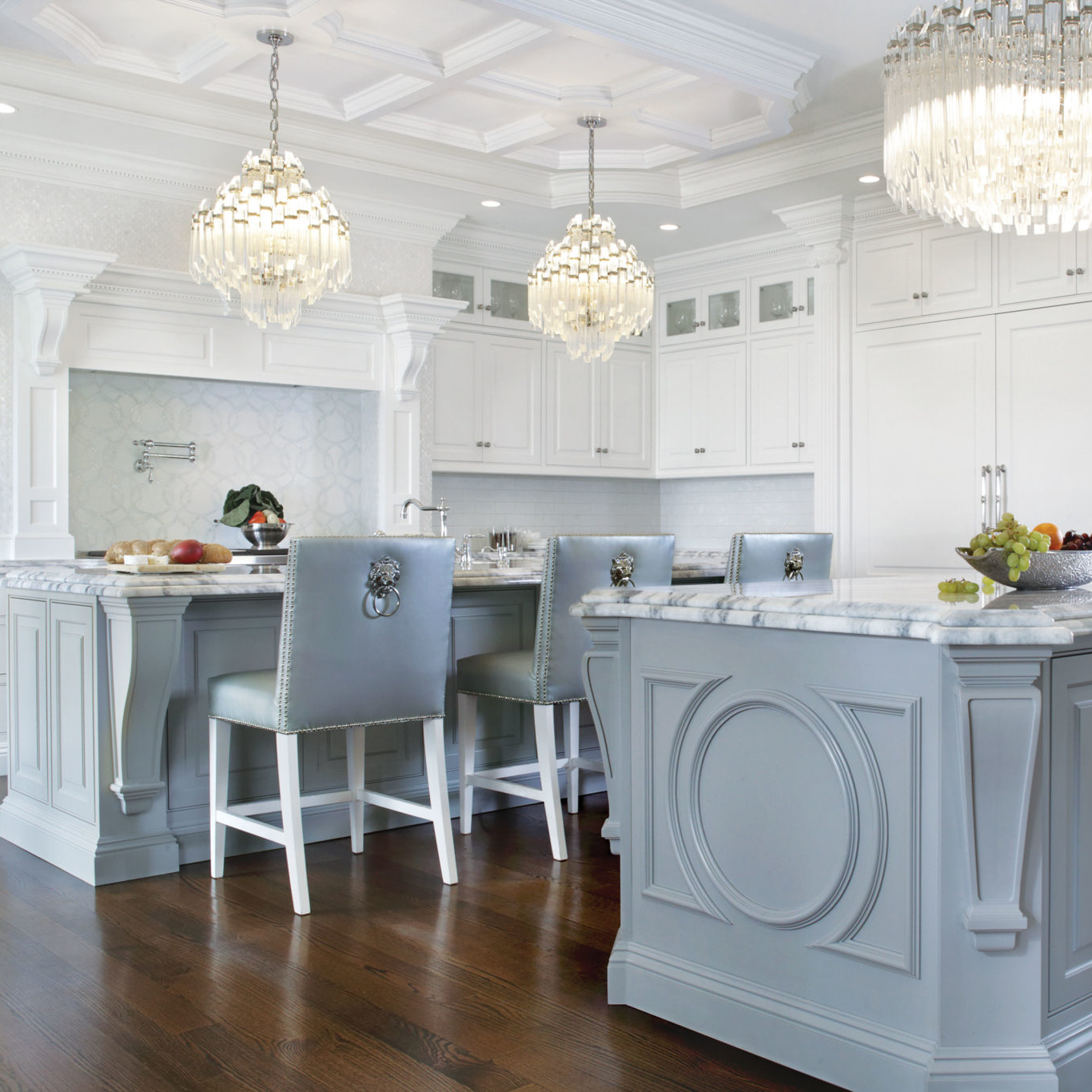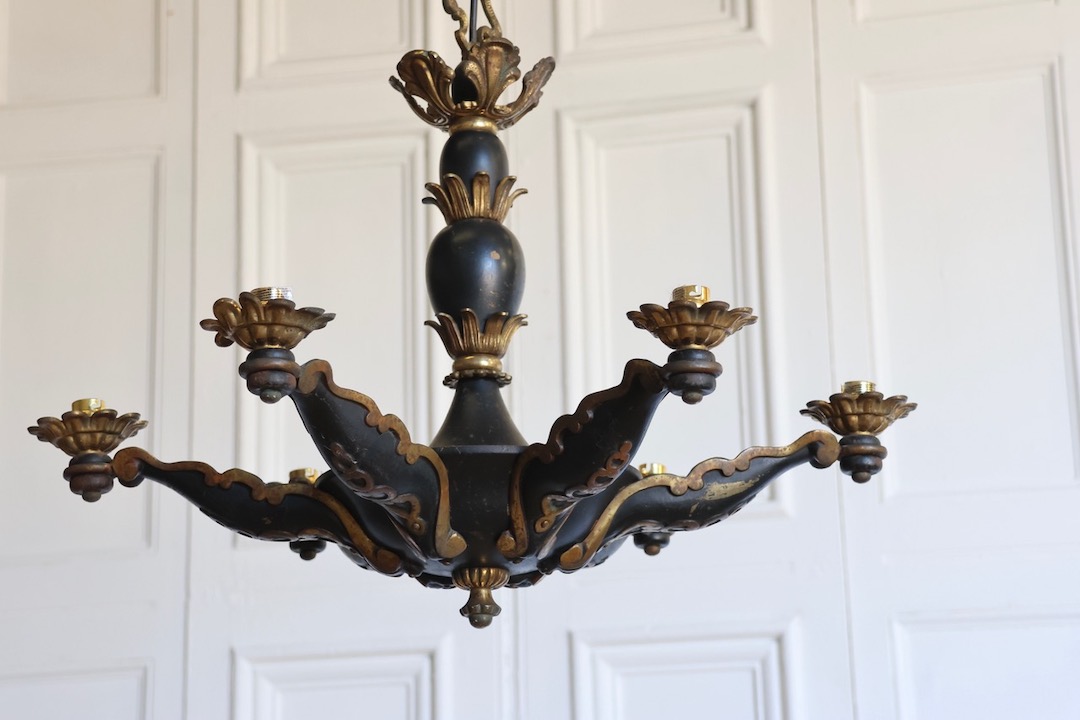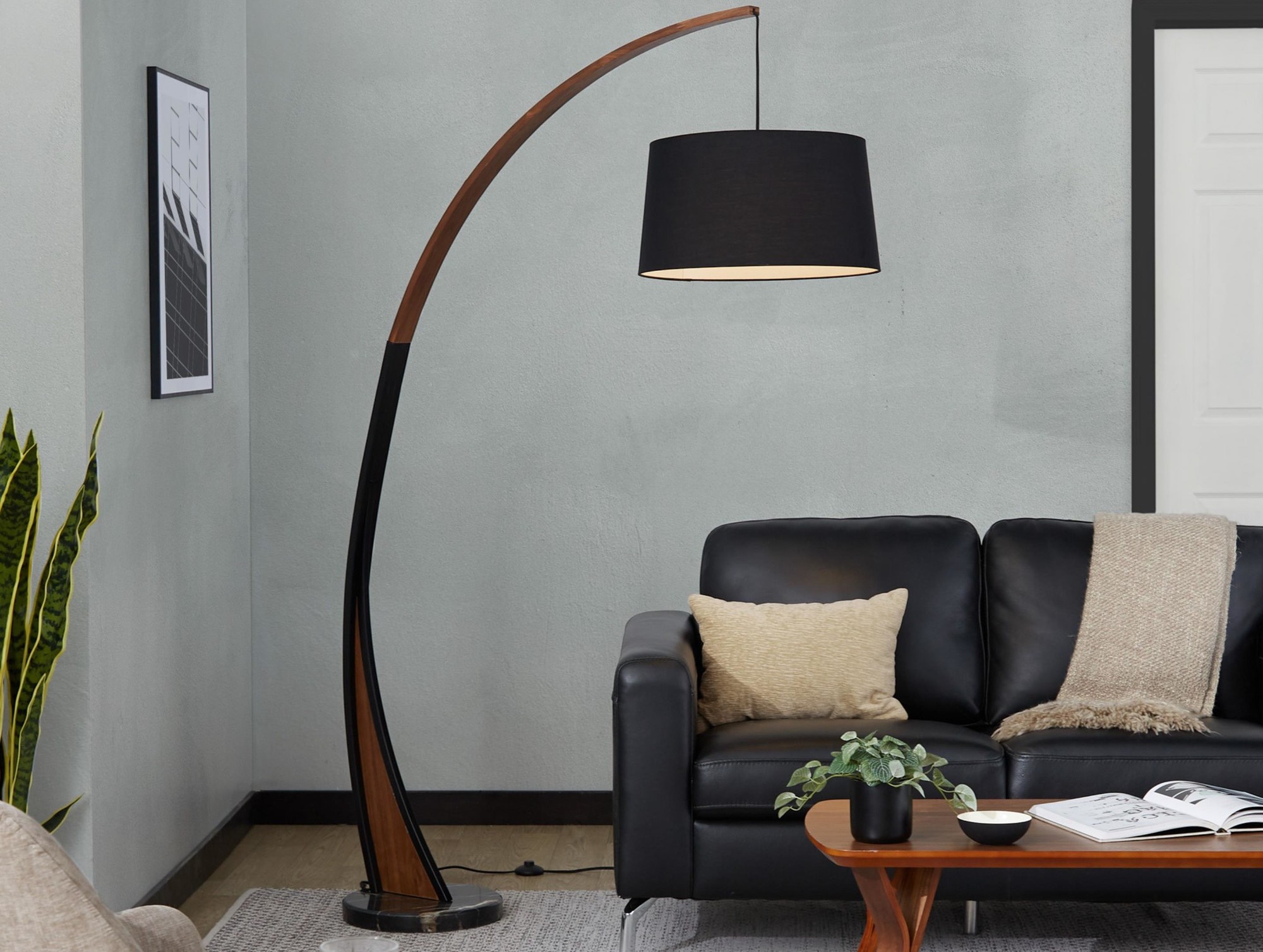Introduction: Lighting design is an essential part of any successful home or office. But like so much else in life, there’s a lot to learn about it. That’s where this guide comes in. We’ll take you through the basics of lighting design, from the basics (like types of light) to the more advanced concepts (like using glare reduction). After we cover all that, we’ll show you how to use all that knowledge to create both beautiful and functional spaces.
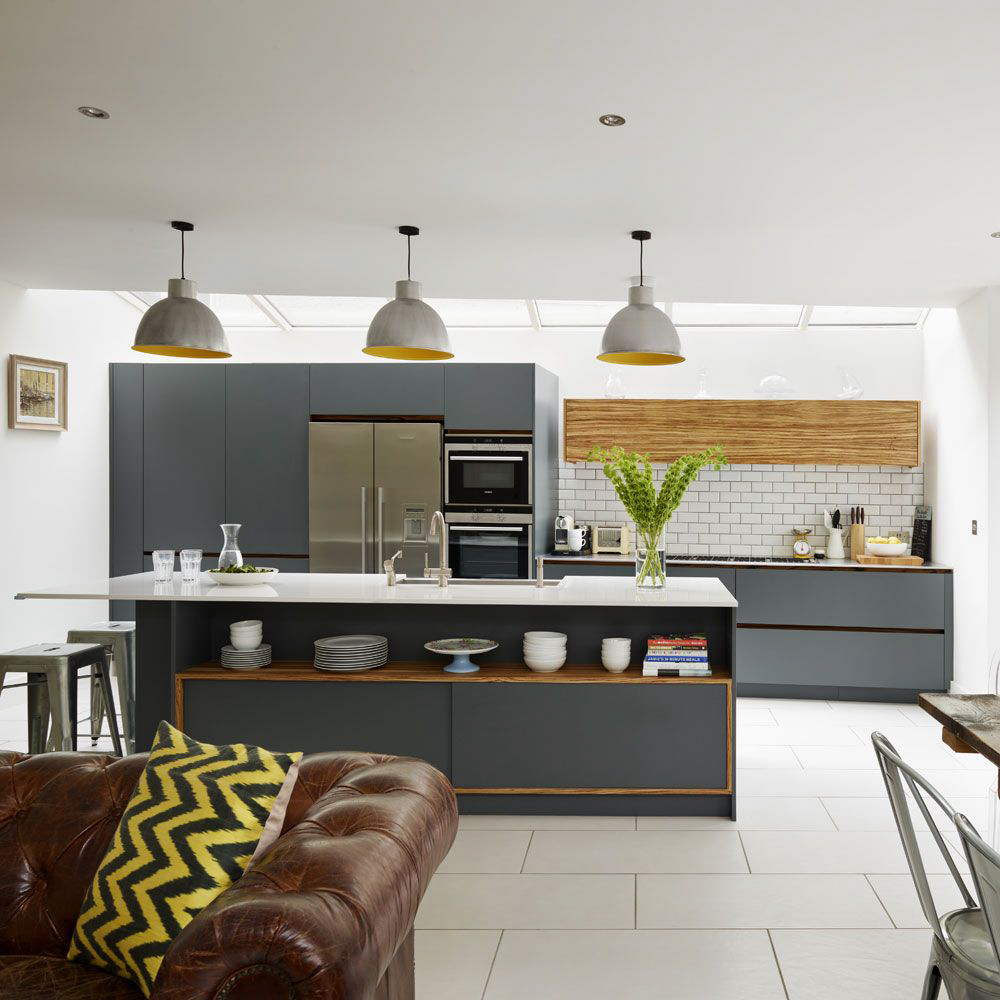
What are the Lighting Design Trends.
Lighting design trends can be divided into two main categories: functional and decorative. The purpose of lighting is to provide a facility withadequate light to meet the needs of the users. This can be done in a number of ways, including adding light to improve visibility or function, or creating an environment that is conducive to relaxation or productivity.
Lighting can also be used for decoration, which can include adding warmth and color to a room, improving aesthetics, or providing mood lighting. There are many different types of lighting available, so it’s important to find the right type for your project. Additionally, choosing the right type oflighting can add an extra layer of convenience and efficiency to your projects.
What Types of Lighting are Available.
There are three main types of lighting available: daylight, artificial light, and accent lighting. Daylight lighting is generally the most common type used in home and office settings. It comes in various shades of blue, green, yellow, and white and is usually used for indoor applications such as reading books or watching TV. Artificial light is often used in places such as theaters and stadiums where there isn’t enough natural light available. It consists of small LED lights that are placed above or around objects to create a scene that looks realistic or 3-D. accent lighting is designed specifically for use in areas that don’t require daylight or artificial light such as bedrooms and offices where conventional light fixtures may not be appropriate. It offers an alternative option for users who want softer illumination or who want more brightness than regular light bulbs can provide.
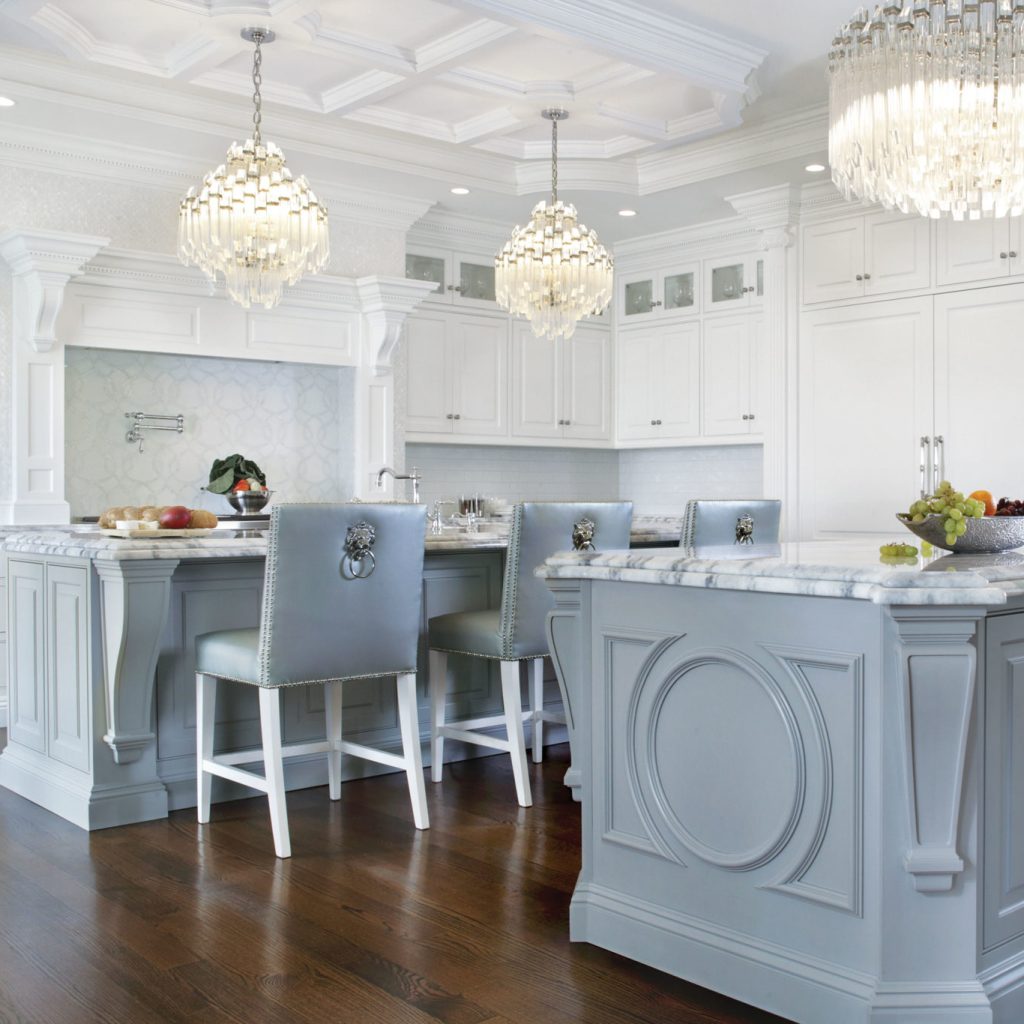
How to Choose the Right Lighting for Your Project.
When choosing lighting for a project, it’s important to think about the purpose of the lighting and the space in which it will be used. For example, if you want a room to look liturgical, you might choose an artificial light fixture rather than a Daylight bulb. Similarly, if you want an area with lots of light but no need for artificial light, you might choose an accent lamp over a daylight bulb. Additionally, when selectinglighting, it’s important to consider how much light is needed and how bright thelighting should be. You can find information about this on websites like Amazon or online stores like Home Depot.
How to Use Lighting to Induce Sleep.
One of the most common ways to use lighting in order to induce sleep is by adding soft light sources such as led lights or white noise into beds at night so users can get some rest without disturbing their roommates. Additionally, many people use LED bulbs when trying to induce sleep by using low levels of illumination or providing white noise as background noise while sleeping.
How to Choose the Lighting for Your Project.
Lighting can be used to both add warmth and beauty to a project. There are many different types of lighting, such as daylight, artificial light, and high-end strobe lighting. To choose the right type of lighting for your project, consider the purpose it will be used and the budget you have available.
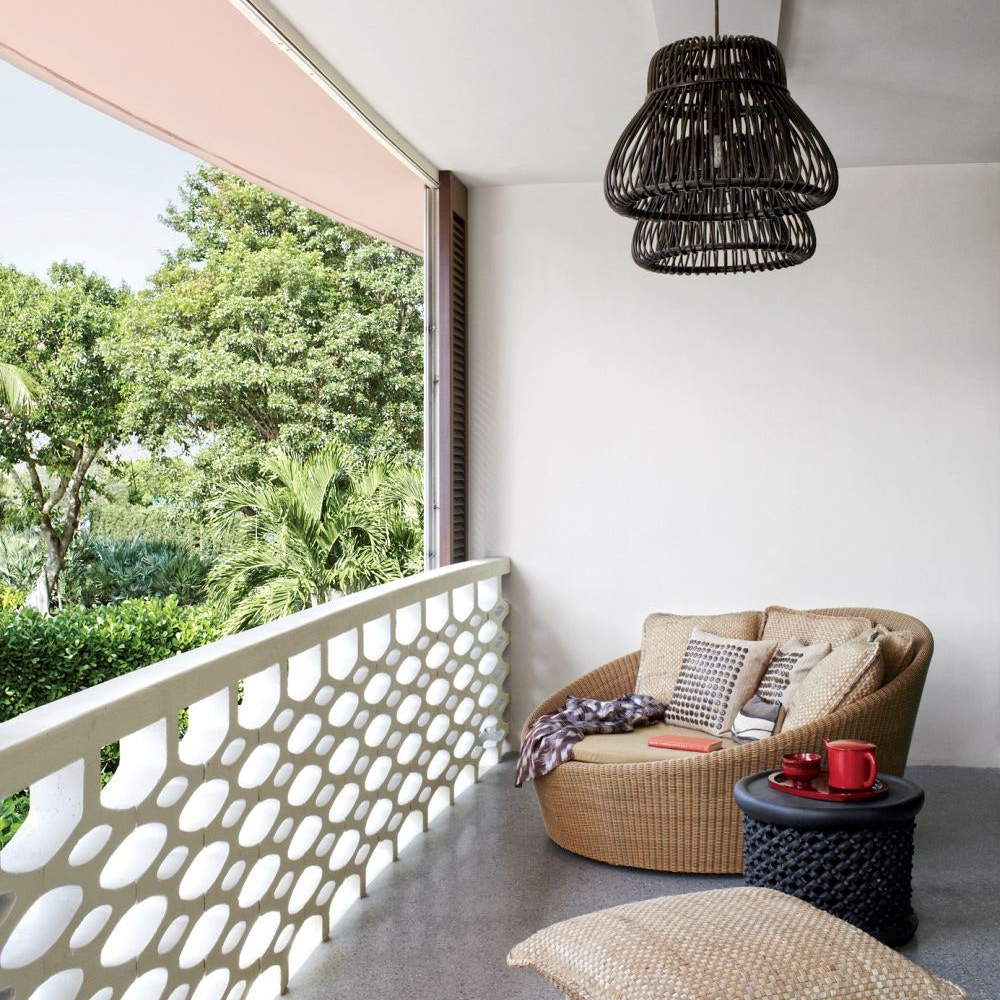
Choose the Right Location.
Be sure to choose the right location for your project in order to maximize its impact. For example, if you’re creating a promotional video, make sure the Shot or Area is appropriate for the target market. As well, ensure that all lights are placed in an area that won’t disrupt other areas of your home or business.
Choose theRight Lighting Design.
Chooselighting design that reflects your personal style and personality. If you want your project to look professional and reflect name brands, choose a high-end strobe lighting design. However, if you want your project to feel more creative and fun, stick with lower-cost LED designs.
Choose the Right Lighting Budget.
Make sure you have the budget to afford high-end lighting designs, but also remember that not all lights are created equal. Be sure to choose a design that will fit your specific needs and budget. With careful planning and a little creativity, you can create an amazing light installation for your project!
How to Light Your Project.
Choosing the right lighting source can make or break your project. Different types of light, called light sources, can be used for different purposes. Some light sources are more effective at creating shadows than others. For example, a tungsten light might cast shadows well in direct sunlight but be less effective in darker areas.
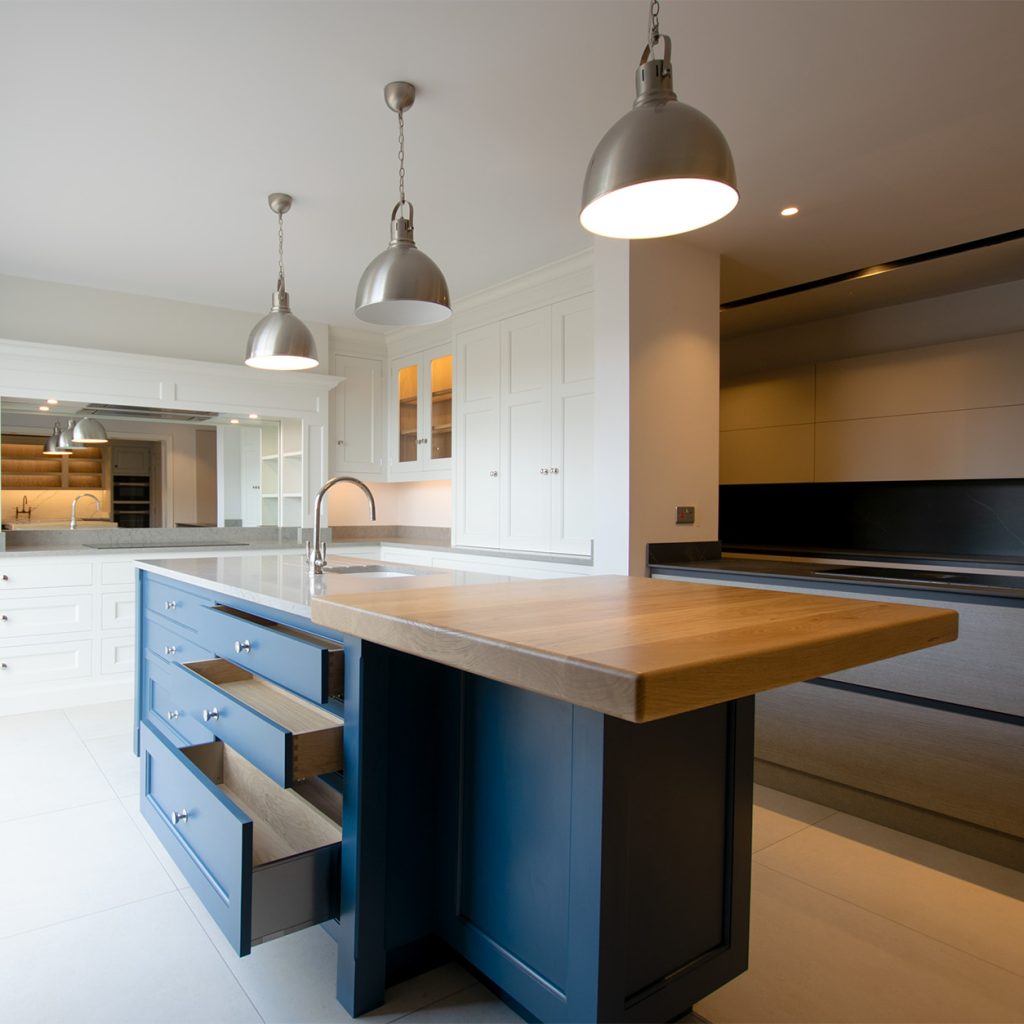
Choose the Lighting Design.
Different lighting designs are ideal for different tasks. A basic lighting design is to use a single light source and place it in a specific location on the screen or object you’re photographing or filming. This type of lighting is often called point-and-shoot lighting because it’s easy to set up and use.
Choose the Lighting Technology.
Lighting technology has come a long way since the days of primitive photography. Today, there are many types oflighting available that allow you to create realistic images and videos without any special equipment or training. These technologies include computer graphics technology (CGT), digital lightsource (DLS), and video processing technology (VPT).
Choose the Right Lighting Finish.
When choosinglighting finish, consider how your finished product will look and whether you want it to be Vanity Fair–legal or not! Many people start off by selecting a neutral color but then change it later when they become more creative about their final product.
Conclusion
Lighting design trends affect the way people live and work. By understanding the different lighting designs available, you can choose the right lighting for your project. Additionally, by choosing the right location andlighting design, you can create an inviting space that will help promote sleep. Finally, using Lighting Technology to create a beautiful finish can add an extra touch of elegance to your project.

